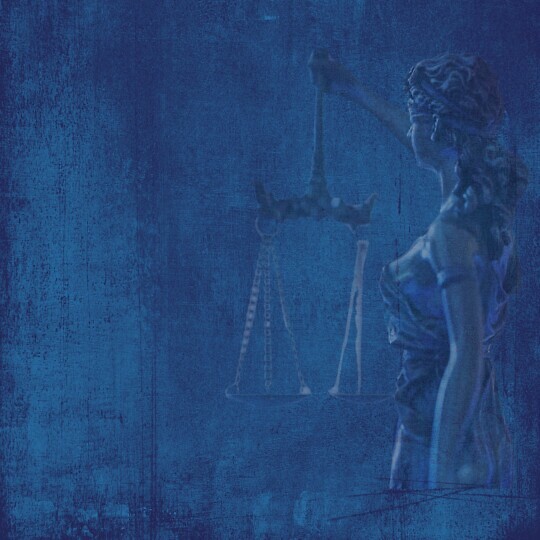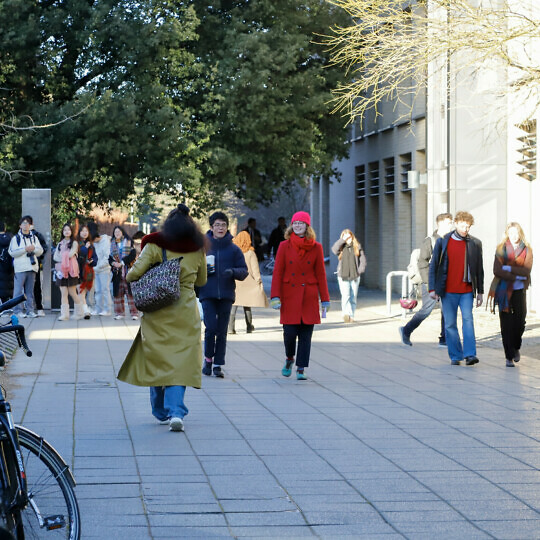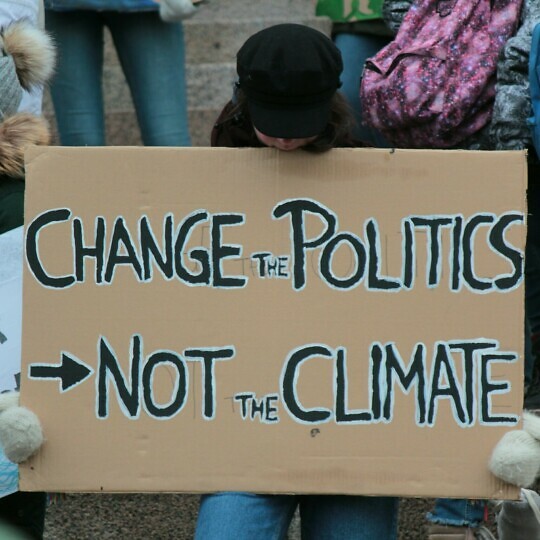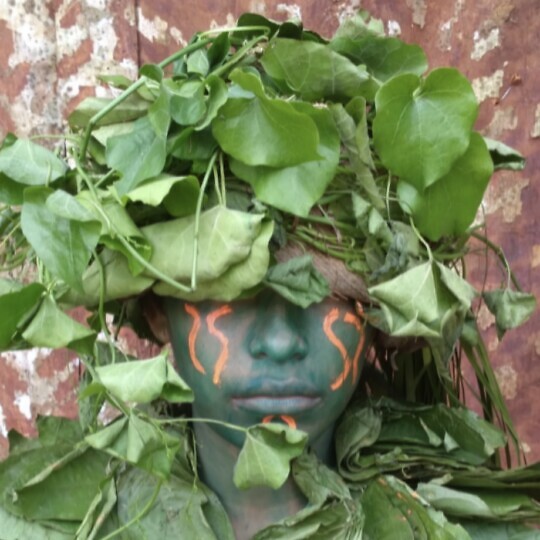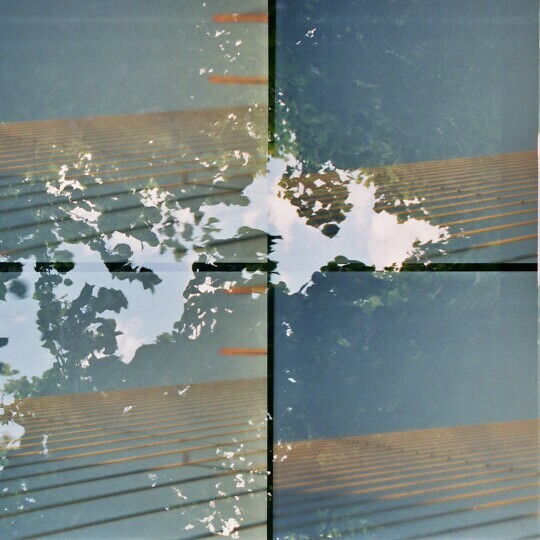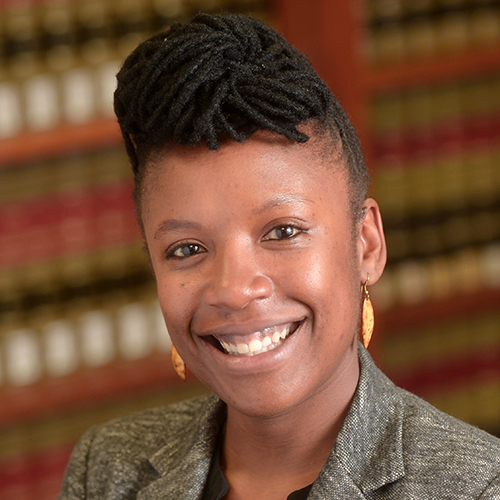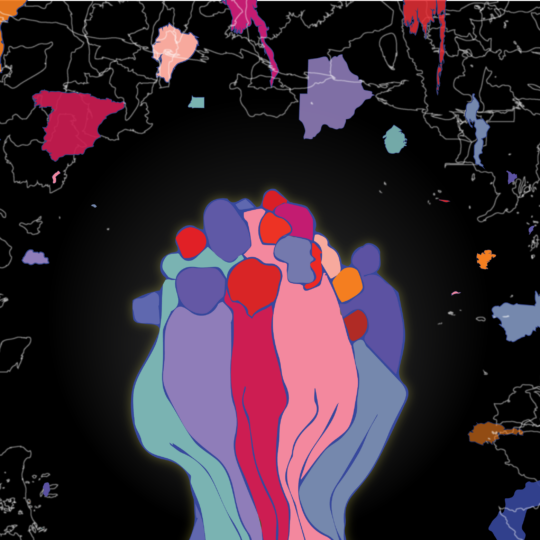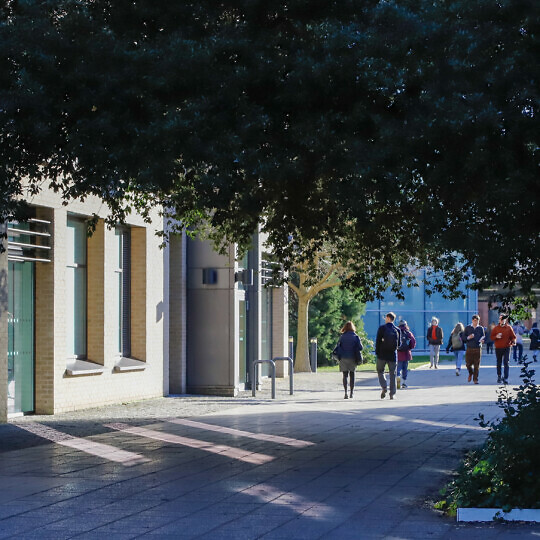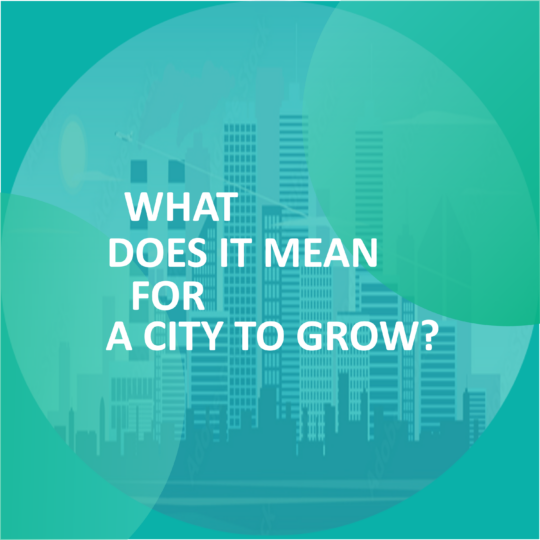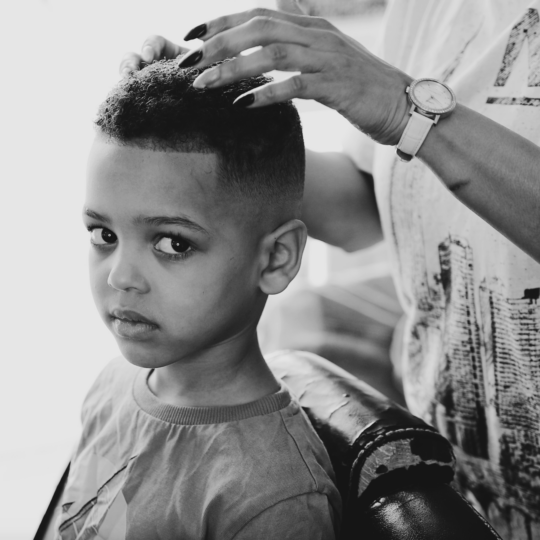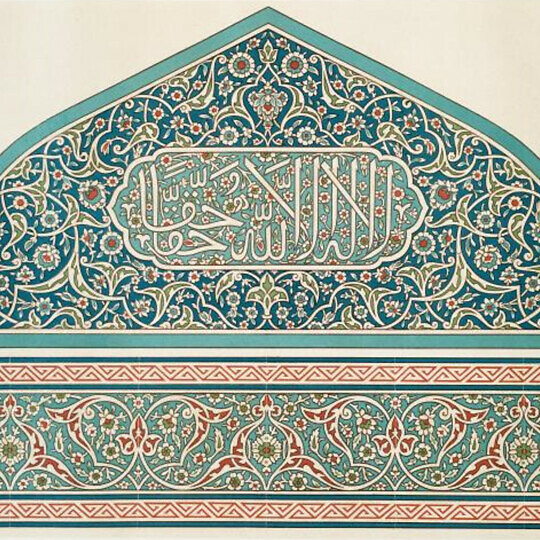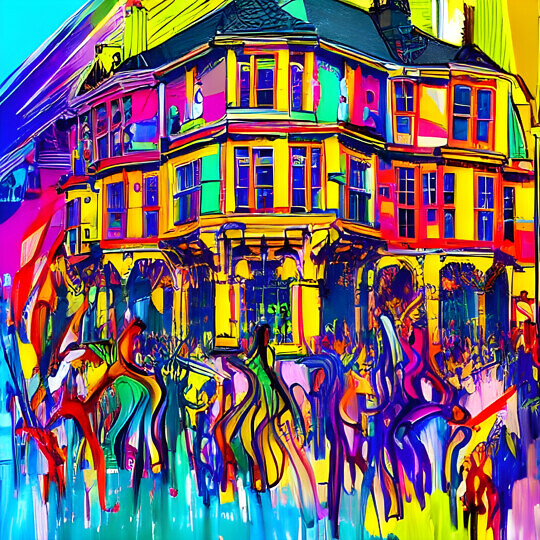| 8 Jul 2015 - 10 Jul 2015 | All day | CRASSH, Alison Richard Building, 7 West Road, CB3 9DT - SG1&2 | |
- Description
- Programme
- Abstracts
Description
Please register online for this event.
Conference fee: £50 (full), £25 (students) – includes lunch, tea/coffee
Deadline: Sunday 5 July 2015
Twitter Hashtag: #soundatcam
Conveners
Ely Rosenblum (Music)
Anija Dokter (Music)
Steven Connor (English)
Summary
Sound Studies: Art, Experience, Politics is a three-day conference featuring leading researchers and artists in the field. The conference will include presentations by leading academics, as well as a sound art installation by an artist in residence, and an evening Sound Art and Criticism Salon.
The conceptual foundations of this conference are that sound is a vast assemblage of multisensory experiences and multivalent conceptualisations, and that sound is at once embodied, social and political. Sound Studies: Art, Experience, Politics invites researchers to consider not only the relationship between sound and broader sensory perception but also the social, political and economic implications of sound. The conference will address two interrelated themes: Sound, Society, Politics and Sound and the Body. Conference sessions will include papers on:
- Gendered Sounds
- Sound, Conflict & War
- Urban Phonography
- Sound, Embodiment & the Multisensory
Sound Studies: Art, Experience, Politics aims to draw attention to the international growth of sound studies, and to emphasise the innovative and potentially subversive nature of research that steps outside of the norms of academic investigation into visual and textual materials.
The conference concludes with a plenary by Prof. Steven Connor (Department of English, University of Cambridge).
Sponsors
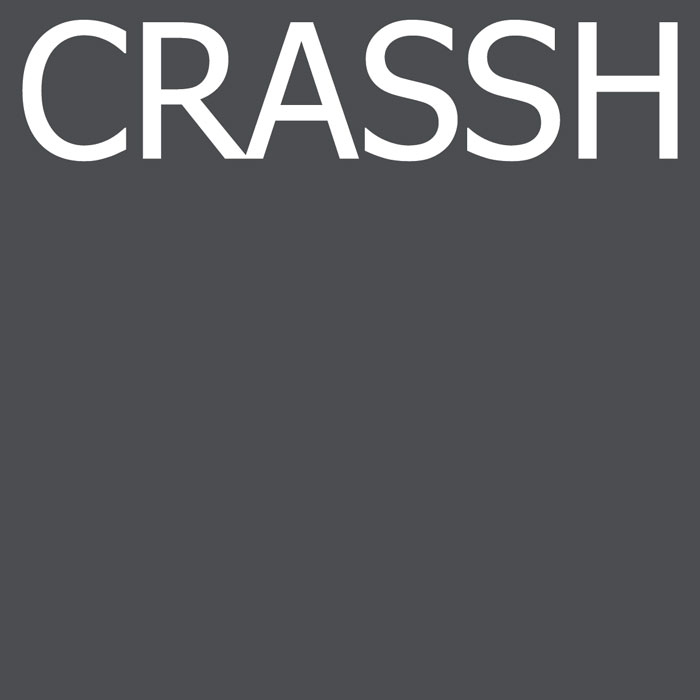
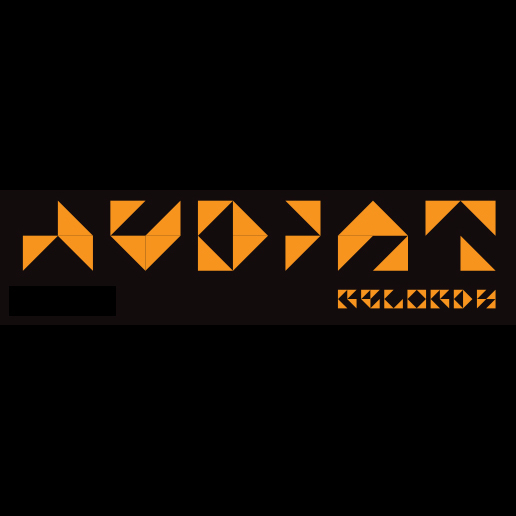
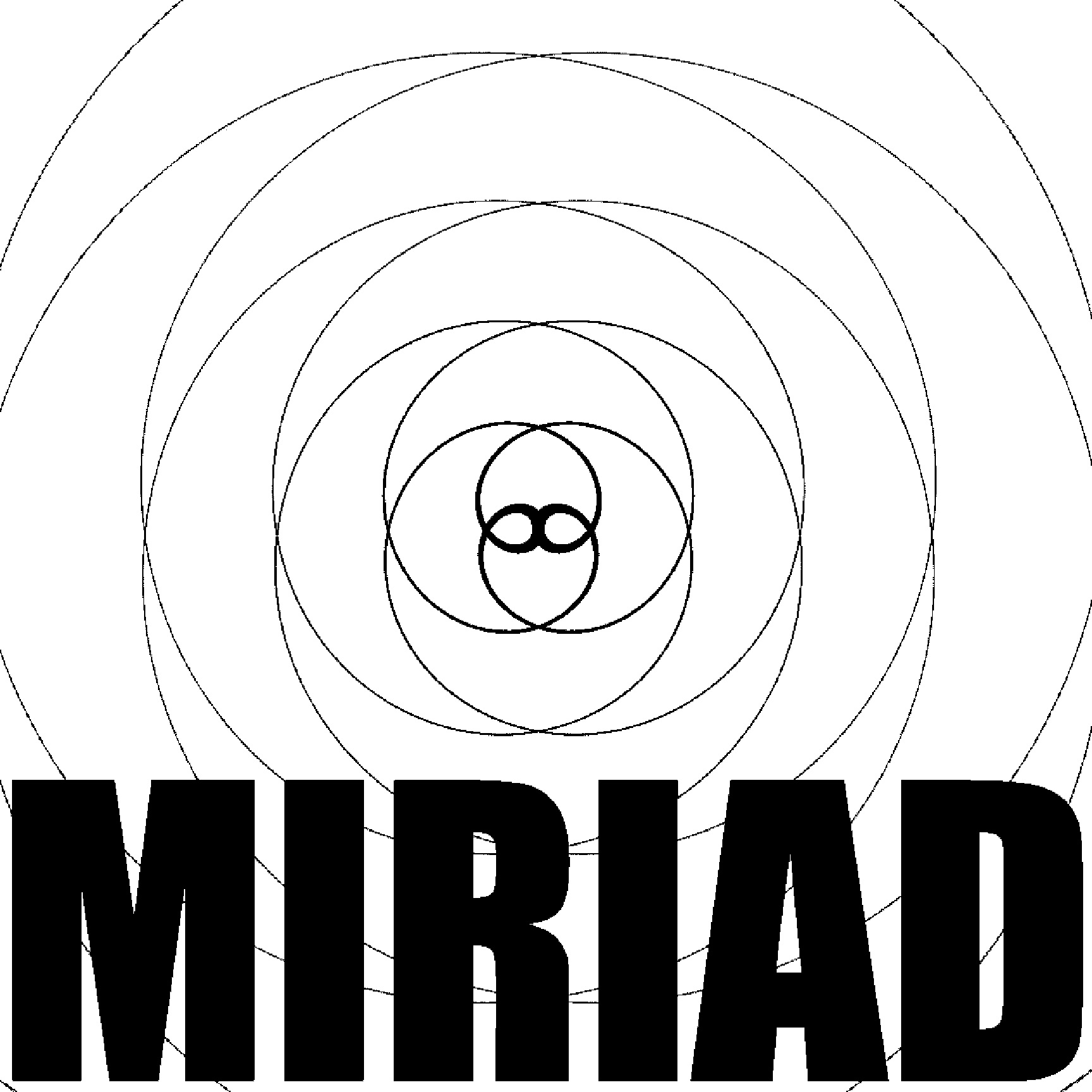
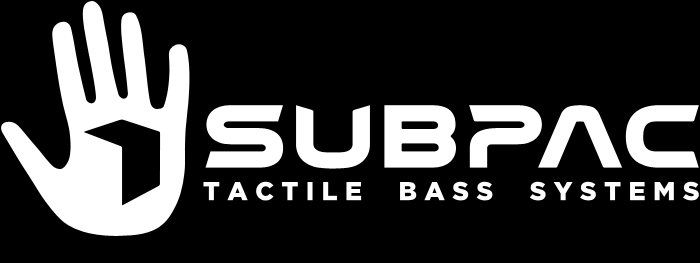
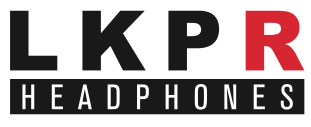
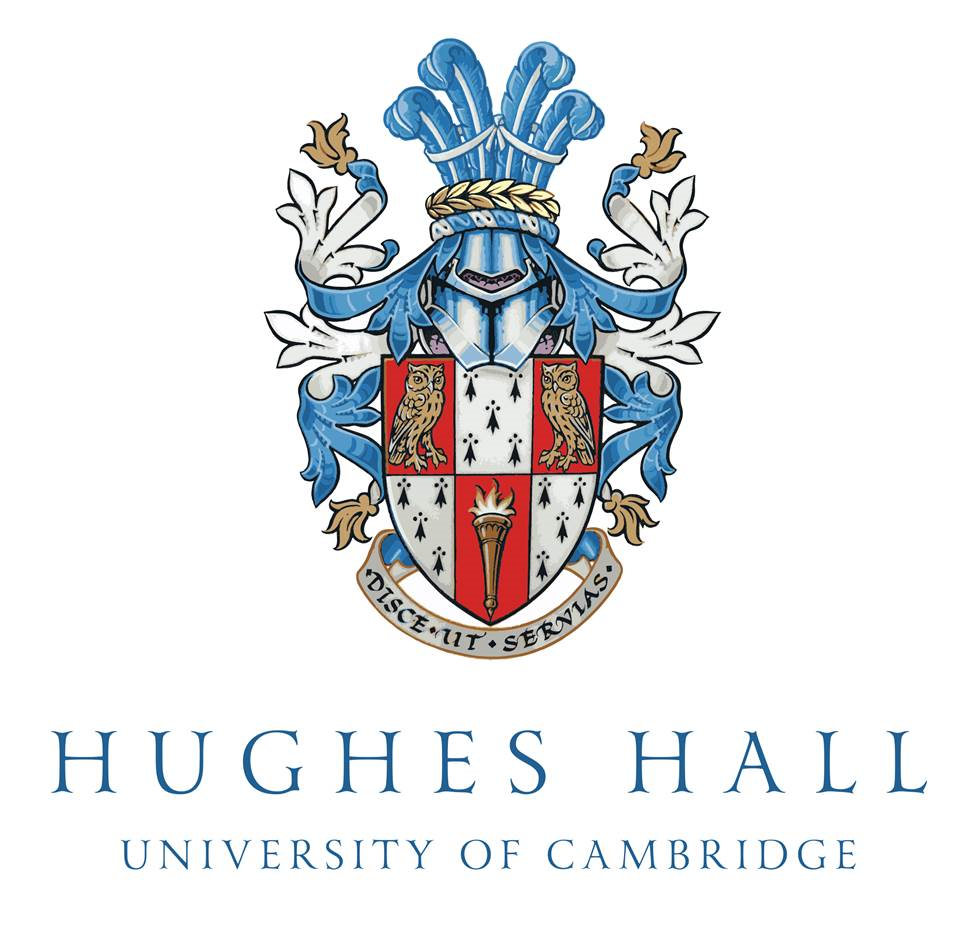
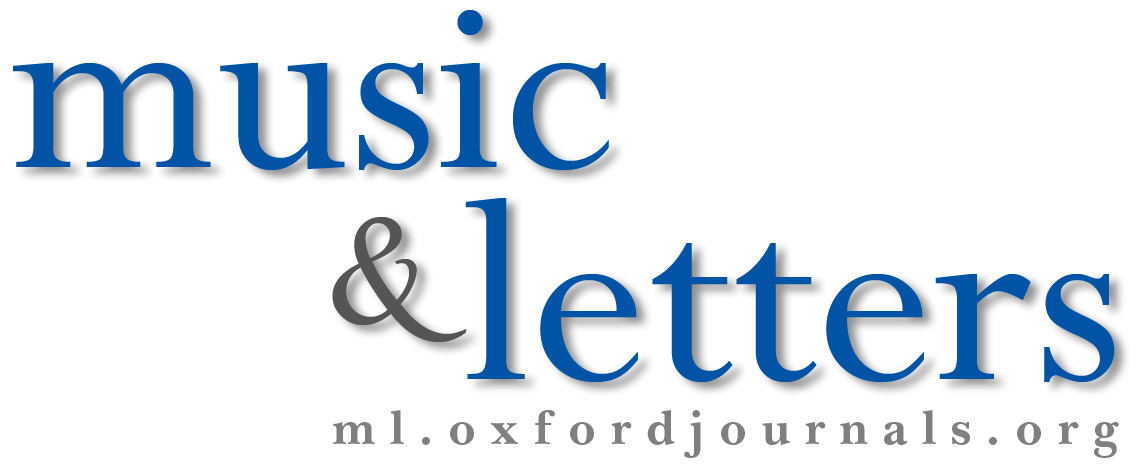
Supported by the Centre for Research in the Arts, Social Sciences and Humanities (CRASSH), the Faculty of Music, the School of Arts and Humanities and Hughes Hall at the University of Cambridge, and Music and Letters.
Accommodation for speakers selected through the call for papers and non-paper giving delegates
We are unable to arrange or book accommodation, however, the following websites may be of help.
Visit Cambridge
Cambridge Rooms
University of Cambridge accommodation webpage
Administrative assistance: events@crassh.cam.ac.uk
Programme
| DAY 1 - 8th July 2015 | |
| 14.30-15.00 | Registration |
| 15.00-15.30 | WELCOME AND INTRODUCTION Ely Rosenblum and Anija Dokter (Faculty of Music, University of Cambridge) |
| 15..30-15.45 | OPENING ADDRESS Professor Nicholas Cook (Faculty of Music, University of Cambridge) |
| 15.45-16.15 | Tea break |
| 16.15-17.00 | IN DISCUSSION WITH ARTISTS IN RESIDENCE
|
| 17.00-19.00 | Break |
| 19.00-21.30 | EVENING SOUND ART AND CRITICISM SALON This evening salon will invite composers and sound artists to share their works in process and compositions, with open discussion and feedback from scholars and conference participants. Programme
|
| DAY 2 - 9th July 2015 | |
| 9.30-11.00 | SESSION 1: Sound, Conflict, Protest
Chair: Anija Dokter (University of Cambridge) |
| 11.00-11.30 | Coffee break |
| 11.30-13.00 | SESSION 2: Urban Sound and Space
Respondent: Stuart Fowkes (Cities and Memory) |
| 13.00-14.00 | Lunch |
| 14.00-16.00 | SESSION 3: Sound, Conflict, Protest Continued
Respondent: Dr. Andrea Bohlman (Department of Music, University of North Carolina at Chapel Hill) |
| 16.00-16.30 | Tea break Dr Toby Heys & Dr Steve Goodman/Kode9 (AUDINT) – Delusions of the Living Dead |
| 16.30-17.45 | SESSION 4: Anthropologies and Archaeologies of Sound
Respondent: Anija Dokter (University of Cambridge) |
| DAY 3 - 10th July 2015 | |
| 9.30-11.00 | SESSION 5: Sound and Embodiment
Chair: Dr. Ernst Karel (Sensory Ethnography Lab, Harvard) |
| 11.00-11.30 | Coffee break |
| 11.30-13.00 | SESSION 6: Senses, Bodies & Knowledge Formation
Respondent: Professor Kate Lacey (School of Media, Film and Music, University of Sussex) |
| 13.00-14.00 | Lunch |
| 14.00-15.30 | SESSION 7: Sound, Worlds and Bodies
Respondent: Ely Rosenblum (University of Cambridge) |
| 15.30-16.00 | Tea break Dr Toby Heys & Dr Steve Goodman/Kode9 (AUDINT) – Delusions of the Living Dead |
| 16.00-17.00 | CLOSING PLENARY
|
| 17.00-18.00 | Drinks reception |
Abstracts
IN DISCUSSION WITH ARTISTS IN RESIDENCE
Caitlin Shepherd: Sanctuary
Sanctuary is a site specific sound installation, funded by the Arts Council UK,and GROW WILD. It focuses on an immersive narrative journey into the real world stories of 4 people’s ideas relating to the idea of Sanctuary. Fusing, social documentary, electronic music and evocative sound-scapes, it is an immersive and compelling 38 minute sound documentary. It can be listened to is small parts or as a whole, and on it’s first, 2014 outing was fully booked as a sound experience, as well as being short listed for the Tate St Ives artist in residence program.
The sound journey is run on wireless headphones, which are controlled remotely through a transmitter and provide high quality sound immersion. Headsets will be displayed in the atrium on available plinths, and will include Sanctuary printed material, which includes a printed poem and a project brochure.
Dr. Toby Heys & Dr. Steve Goodman/Kode9 (AUDINT): Delusions of the Living Dead
AUDINT’s animated film Delusions of the Living Dead is a sub-chapter of their Martial Hauntology book, which documents Walter Slepian’s 1949 plan to purloin and photograph Jules Cotard’s notebook; a medical document that holds information pertaining to the process and methods required to seed walking corpse syndrome into a subject’s bed of cognition. Martial Hauntology was released in late 2014 as a limited edition of 256 copies. It links the underground groove of the Large Hadron Collider with the vaults of the Bank of Hell; connects the Dead Record Network with the Phantom Hailer; and traces the evolution of the Wandering Soul Tapes to the viral dynamics of the online spectreware named IREX2.
EVENING SOUND ART AND CRITICISM SALON
Dr. Rupert Cox and Professor Angus Carlyle: The Cave Mouth and the Giant Voice: sound, text and voice in Okinawan war memory
It is a strange and bitter irony that the US naval bombardment which launched the Battle of Okinawa in 1945 was called the ‘typhoon of steel’, invoking the turbulent winds that annually buffet this small island. Okinawans in coastal villages, such as Sunabe where the US forces made their landings, sought shelter from this mechanical, yet elemental force of destruction in one of the many caves that scatter the landscape. War planes still fly over Sunabe today, from the United States Air Force base of Kadena. Distinguishing and measuring these sounds and their effects on the health and livelihood of Sunabe residents has been the work of a Japanese acoustic scientist, Kozo Hiramatsu. Over the past twenty five years he has listened to and made sense of these sounds through the stories of individuals like Yogi-san who as a child took refuge in the cave and after the battle returned to take up residence in a house adjacent to the boundary fence of Kadena. It is in resonant spaces like the cave (gama) where he conducted the interview that is the subject of this film, that we may hear how war memory becomes a way of listening to the environment and how Yogi-san’s words, solidified as text and witness to history and expressed through the mixing of the sounds of natural elements and military machinery convey the experience of many Okinawan lives like his, suspended between the American wars of the past, present and future.
Tullis Rennie: Manifest
On May 2011, Plaça Catalunya in Barcelona became one of the focal points for a movement whose participants have come to be known as ‘Los Indignados’. This is a grassroots, politically motivated “collective cultural awakening” which demands a sea-change towards government transparency, economic justice, social investment, austerity reductions. I made recordings on Friday 20th May 2011.
On the 29th March 2012, a national strike was observed across Spain, following a general election. Unemployment had since risen to 25% nationally (nearly 50% in under 30s) and the new government continued huge spending cuts to education, health and welfare.
Throughout the day of the strike, the mood in the streets was edgy & tense. Pockets of violence flared, with the police content to stand by and watch as a small core of trouble-makers threw paint and set alight rubbish bins. As the organised march at 6pm began, riot police opened fire with rubber bullets on a crowd populated by families, young children & pensioners.
Manifest documents and contrasts those two days in sound through field recordings, interviews and electroacoustic composition.
Daniela Cascella and Dr. Salomé Voegelin: Ora: Multisensory Conflict
For Sound Studies: Art, Experience, Politics we would like to propose a performative presentation based on an improvisational format prompted by the broadcasts but re-adapted so far in public performances at the 2nd European Sound Studies Association Conference (ESSA) in Copenhagen (2014) and at the Music, Noise and Silence conference at the Royal College of Music/Science Museum (2015). Crossing the boundary between lecture and performance we will at once practise and scrutinise a number of research materials: we will improvise sounds, texts and voices that do not explain or interpret but embody rhythms, repetitions, coincidences and discordancies to present aesthetic, poetic and political conflicts. In this improvised format, the performance creates a sound work that faces its own meta-discourse and is able to talk back, infusing stable frameworks of theory and criticism with the vagaries of an invisible sound.
This presentation enacts an improvisation of materials: texts, sounds, voices and things, that are brought to the event by both presenters without each other’s knowledge. This conflict of material, the surprise, the unexpected are themselves parameters and strategies of the performance: we are thus unable to furnish you with a list of key text or sounds.
To facilitate this performance lecture, we would like to ask permission to slightly alter the suggested time frame and to present for 30 minutes. This is not to exclude an audience but to give enough time for the responsive and improvised dynamic of the presentation to unfold successfully.
SESSION 1: SOUND, CONFLICT, PROTEST
Dr Samuel Llano (University of Durham): The Sacred in Madrid’s Soundscape: Towards an Aural Hygiene, 1856-1907
This paper explores the intersection between ‘the sacred’ and the establishment of an ‘aural hygiene’ in Madrid during the second half of the nineteenth century. By aural hygiene I refer to the discourses and practices that the rising middle classes in that context used to control and regulate the urban soundscape. The importance of studying aural hygiene in modern Madrid and other cities could be measured by the intensity of reactions elicited by what were perceived as attacks on the ruling principles of comfort. Aural hygiene must be understood in the context of other, more commonly acknowledged forms of hygiene that were aimed at fulfilling three functions: firstly, to produce and establish a culture of comfort that should serve both as a guarantor of social order and a marker of class identity; secondly, to appease the fears of contagion that emerged in the wake of a series of deadly cholera epidemics; and, thirdly, to use the experience gained in addressing those fears to survey and control groups deemed to pose a threat to public morality and order, such as the poor, vagrants and – most crucially – buskers.
In that context, Madrid’s middle classes tried to establish an aural hygiene by closing noisy taverns and using the media and scholarly production to scapegoat flamenco, gypsies an organ grinders, as well as to prompt their legal and police persecution. By contrast, they supported workhouse bands, which – they thought – would help cleanse Madrid’s soundscape from unwanted musical practices or ‘noises’ such as the ones just described. The image of former street children wearing uniforms while marching and playing together across the city broadcast the message that the municipal institutions of social aid were being successful in protecting and regenerating the weakest elements of society. Ownership of Madrid’s soundscape thus hinged on the power to determine what qualified as ‘music’ or as ‘noise.’
Professor Michael Bull (University of Sussex): Sound Mix: the Framing of Multi-sensory Connections in Urban Culture
This talk focuses upon the need to contextualize mediated sonic experience wihin a more multi-sensory analysis of the media and it’s training of the human subject (Benjamin). This training, I argue, involves the simultaneous enhancement and restriction of our sensory experience of the world; enhancing the senses of sight, sound and more recently touch to the exclusion or diminishing of taste, smell and embodiment itself. Media consumption has progressively problematized the relations and meanings attached to notions of subject and object, space and place, the real and the virtual and in so doing has created problems of ‘recognition’ or what Jonathan Crary has recently referred to as ‘the moral compass’ of subjects. The talk will discuss these issues with reference to a range of media examples.
SESSION 2&3: URBAN SOUND AND SCAPE
Professor Cathy Lane (University of the Arts, London): BEAM and MAOS: Two approaches to urban listenings
In this presentation I will introduce two works which have resulted from collaborative sonic investigations of aspect of the urban and which invite an audience to contemplate listening to the city with a different perspective. Both highlight an aspect of city life which we may be less familiar with, which is local and particular but connects the city with the world and with wider global issues.
Beam takes as its starting point the fact that although 90% of everything travels by sea, we know or see very little of the world that surrounds it and focuses this as a sonic investigation of the maritime life of the city of Kochi, South India, a port famous for the global trade in spices. MAOS (Mobile Aural Observation Station) results from a collaborative investigation with textile artist Tessa Brown into how we can make spaces to help us better contemplate the sounds of the city.
Dr. Ernst Karel (Sensory Ethnography Lab, Harvard): Morning and Other Times
Morning and Other Times is a multichannel sound composition that was recorded in the city of Chiang Mai, northern Thailand, over a period of four weeks in early 2014, a few months before the military coup which led to the current dictatorship. In this piece I want to open up our thinking about place by attending to the multidimensional nature of the city, on one hand by using recording and editing strategies that attend to foreground and background, including for example an audible background of nationalism and militarism, and on the other by exploring the ways in which the city is inhabited by beings of different species. To this end the piece takes as its starting point the voices of nonhuman participants in the urban environment, voices which are in some cases literally in dialog with audible religious and political aspects of life in the city.
Dr Philippa Lovatt (University of Stirling): Carceral Soundscapes: Sonic Violence and Embodied Experience in films about imprisonment
Post 9/11, the ‘invisibility’ of political prisoners as part of the ‘war on terror’ has had a direct correlation with the concealment of abusive treatment of detainees in the detention camps at Guantánamo Bay and Abu Ghraib. Details of these abuse scandals have indicated that there has been a notable shift away from the optical towards the sonic as a form of punishment, and indeed torture, with accounts of detainees being subjected to rock music played for prolonged periods at excruciating volumes (Hill, 2012). Addressing a number of key concerns – sound and phenomenology, sound and the ethics of spectatorship, sound and the experience/intensification of confinement, sound as a (potential) mode of resistance/control – this paper will investigate the use of sound in cinematic depictions of imprisonment including A Man Escaped (Bresson, 1956), Hunger (McQueen, 2008) and Zero Dark Thirty (Bigelow, 2012), in order to explore how an auditory perspective might complicate previously held ocularcentric conceptions of power in penal institutions (Foucault, 1977) and examine how this experience of sound is represented on screen. The paper also considers how sound design can bridge the distance between self and other, and align the spectator emotionally, ethically and politically with a film’s characters. The paper thus proposes that an ethical spectatorship may require cinematic auditors to listen more critically and claims that a better understanding of the fundamental role that sound and listening play in the articulation and recognition – or indeed, disavowal – of the subjectivity of prisoners within these narratives may lead to an increased awareness of the politics of aesthetics of individual films.
If, as Colin McGinn asserts, ‘reading novels, watching plays and films…is the primary way in which [we] acquire ethical attitudes’ (McGinn cited in Downing and Saxton, 2010, p. 1) what role, this paper asks, does listening play in this process? Point-of-audition grants us access to the subjective experience of a character and has the potential to align us with them emotionally and politically, producing a sense of intersubjectivity that Jane Stadler describes as: ‘an overlapping or sharing of subjectivity such that a person gains knowledge of another subject’s mental, experiential, or emotional state’ (Stadler, 2014, p. 38). This paper explores the relationship between sound and intersubjectivity, how certain recording methods and uses of rhythm in the diegetic soundscapes might create a feeling of intimacy and closeness through their appeal to the spectator’s embodied self, but that might also bring about feelings of fear and/or disgust through enforced aural proximity. The former of these two ideas opens up possible areas for future interdisciplinary research: how might feelings of empathy towards characters in prison dramas and documentaries encourage better understanding of former prisoners upon their release into society? Furthermore, how might empathy and understanding allow ex-offenders to re-imagine a more positive identity for themselves, one that enables them to desist from reoffending? The paper concludes by suggesting that the field of sound studies creates further opportunities for research that explores these important questions about representation, spectatorship, and ethics from a range of disciplinary perspectives.
Dr E. Sirin Ozgun (University of Tampere): Sonic Resistance – Gezi Park Protests and the Political Soundscape of Istanbul
This paper examines the Gezi Park protests of May–June 2013 and the ways sound making was not only incorporated into the massive demonstrations but was used as a means to vocalize and sonify resistance. We intend to show how the sonic articulations, reproduction and rearticulations used during the events weaved themselves into discussions about citizenship and democracy in Turkey. Through analyzing the history of the ways and means of public demonstrations in the city of Istanbul from the 1960s until today we construct a frame of interpretation for an auditory culture of public sonic resistance. We will describe and analyze three different examples of sonic resistance in their cultural and historical context. In these examples we aim to bring forth the various ways in which the different communities and groups were able to sound out in very concrete ways. First we’ll look into the actions lead by the chanting football supporter group Çarşı (supporters of Beşiktaş football club) and their role in political street manifestations, especially during June 2013. Football supporters’ sonic expression has been rising as one of the dominant sounds in the political actions until that time, in various street protests; and in the course of June 2013 Çarşı became a leading sonic and political actor in the streets. The second example is the so-called “pots and pans“ demonstrations that were popular also among the elderly citizens. We examine this sonic protest with its historical references back to 1996 Susurluk Case, where for the first time after the coup of 1980 masses were expressing their discontents, and the sounds of pots and pans became a hallmark of getting rid of the political oppression and corruption. The third focus will be on the silent standing protesting initiated by choreographer Erdem Gündüz, aka Duran Adam (“the standing man“). The silence itself and standing still have various connotations in street politics in Turkey and we discuss this action in terms of its multiple references to different political standings in different occasions. These three examples represent ways in which people reproduced, transformed and rearticulated sonic political expression. The Gezi movement has dramatically changed the paradigms of political action and the political use of sound and social media in Turkey in terms of slogans, music and sound making. The new ways of protesting and making sound while carrying the heritage of the past decades transformed traditions through action.
Dr James Parker (University of Melbourne): Law, Sound and Incitement to Genocide: Towards an Acoustic Jurisprudence
Sound Studies and Jurisprudence are yet to really encounter each other. The problem is on both ends. On the rare occasions questions of sound do feature in legal scholarship, they are invariably framed narrowly and uncritically as technical problems of rule or doctrine. Scholars working on the law of freedom of expression, copyright or noise pollution, for instance, almost never bring a theoretically sophisticated account of sound to the table. Laws regulate sound, but the way in which sound is conceived for such purposes is barely ever reflected on. Not just that. Contemporary jurisprudence has proven stubbornly disinterested in the sonority of legal practice itself: the diverse ways in which sound and listening are put to work, for instance, in court. Legal scholarship cares about architectural but not acoustic space. It worries about bodies but not voices. It cares about screens but not microphones, files but not audio-formats.
The inverse is true of Sound Studies. Its account of law could afford to be both more central and much richer. To take a crude but nevertheless telling measure, none of the discipline’s major collections –– Bull and Back’s The Auditory Culture Reader (2003), Sterne’s Sound Studies Reader (2012), Pinch and Bijsterveld’s The Oxford Handbook of Sound (2012) –– even mentions ‘Law’ in its index, whereas terms like ‘Gender’, ‘Capitalism’, ‘Race’, ‘War’ and ‘Religion’ all feature. Even when Sound Studies has addressed legal questions, from a jurisprudential perspective its account looks quite orthodox: confined to an interest in state-posited rules which in turn are presumed to operate mechanically, as if that were the extent of legal practice or the juridical world. And Sound Studies seems to care much more about cars, clinics and concerthalls than it does courtrooms. It worries about a diverse range of sonic environments, but never the ‘soundscape of judgment’.
This is a problem, I think, a failure of both disciplines. On the one hand, as a community of jurists, we must teach ourselves to listen to law, to attend properly to questions of sound in legal thought and practice. On the other hand, because law and legal institutions play a key role in determining both the kinds of sounds we hear and the ways in which we listen, Sound Studies could stand to learn from Jurisprudence too.
In elaborating these claims, in arguing for what I call an ‘acoustic jurisprudence’, this paper will work with examples from the trial of Simon Bikindi, accused by the International Criminal Tribunal for Rwanda of inciting genocide with his songs. How, for instance, did the Tribunal understand Bikindi’s songs and their ‘deployment’ on the radio for the purposes of judgment? And what did it mean that, when Bikindi was offered the floor in order to make a ‘final statement’ at the close of his appeals hearing, for five and a half minutes he sang?
SESSION 4: ANTHROPOLOGIES AND ARCHAEOLOGIES OF SOUND
Alice Clough (Nottingham Trent University): Moving, Sounding, Weaving: Anthropology and Arts-informed Research Practice
My doctoral research explores the ‘grey areas’ between art and science from the perspective of anthropology. The project is a study of the dynamic and multi-sensory nature of lived experience, with a focus on contemporary hand weaving in the UK. Rhythm and repetition are integral to woven fabric, creating pattern and regularity, and structuring both fabric and experience. The role of discord is equally significant, denoting a mistake or problem. The weaving space is a musical one, where the textures of movement and sound are woven together into an object that contains and represents both. Textiles themselves are porous – absorbers of sound and carriers of information, experience, and memory.
Central to the work is an exploration of the subjective nature of knowledge, foregrounding my own body as an instrument of research. Research is understood as an iterative, creative practice, where the researcher necessarily adopts the role of bricoleur.
This paper will present the preliminary findings of a 3-month fieldwork period, during which I will spend time with hand weavers in their workshops and studios around the UK. I am developing an arts-informed methodology to explore the connections between sound, movement, and knowing. I will engage directly with the rhythmic, sonic, vibrating, visceral, gestural and kinaesthetic aspects of the weaving and researching processes through mark making exercises, poetic fragments and phrases in my field notes, and collecting found items, extending the notion of ‘thick description’ to incorporate multiple actions, textures, and materials as data. The research consciously avoids separating facets of sensory experience – for example sound, listening – and instead focuses on the synaesthetic and simultaneous nature of sensing: sound as touch, vibration as sound, hearing throughout the body, and so on. The processes of weaving, sensing, and researching are understood as dynamic and active, with rhythm, dialogue and synchronization emerging from the body itself – from the breath, heartbeat, hands, feet.
The use of an arts-informed methodology brings to the fore artificial yet pervasive paradigms such as theory / practice, fact / fiction, rational / emotional, and masculine / feminine. The anthropologist tends to inhabit a loosely defined place ‘in between’ disciplines, acting as both insider and outsider in order to piece together ideas and interpretations. By researching through creative practice, I hope to explore this productive tension and highlight the potential shortcomings of traditional approaches to seemingly bounded disciplines.
Hahn notes the “irony of ‘flattening’ embodied experiences” by transliterating them into text (2007: 17). My interest in multiple pathways to knowing therefore extends to the research outputs. I hope to continue exploring rhythm, breath, and dialogue throughout the writing process; I also hope to question traditional concepts of the ‘research text’ by developing an immersive and participatory means of communicating the research to a non-academic audience. The audience will actively engage in ‘meaning-making’ in particular, situated ways, stressing the multivalent nature of knowing in a process through which experience, resonance and understanding will unfold dialogically. In doing so, the research will question concepts of ‘fact’, ‘rigour’ and ‘truth’.
Annie Goh (University of Arts, Berlin): Excavating Echo: Gendering Archaeoacoustics in Sonic Media Archaeology
My paper asks what new understandings of echo can tell us about gender and sound. Using findings from the emergent field of archaeoacoustics as a beginning point, the echo will be explored for its radical potential in feminist sound studies. Rethinking echo across a time axis from the ‘ancient’ of archaeoacoustics to the ‘hi-tech’ of sonic media archaeology, I will suggest that by re-conceiving the figure of repetition in sound within (sonic) media archaeology, repetition can be re-aligned as an integral structure within sound, to counter echo’s common perception as meaningless semblance.
The contemporary definitions of echo do not stray far from a scientific, acoustic definition as a reflected sound event. Similar to “echo” in command-line code and in line with Spivak’s gendered reading of Ovid’s Echo (Spivak 1993), this dominant understanding of echo is as subservient and lacking agency. Indeed the vast majority of Western cultural references to Echo are based upon Ovid’s famous version of the story, reflecting typically androcentric values of feminine sound as unwanted and deceitful (Carson 1995). The gendered dimension of the “prized” original and its “bad” copy is also reflected in masculinist notions of creative production of the ‘new’.
The emergent field of archaeoacoustics, shows that previously overlooked sonic properties (echoes, reverberation and resonance) of places such as caves can in fact be crucial in our understandings of these places (Scarre and Lawson 2006). Echo myths, gathered from ethnography expose radically different uses and conceptions of echoes; for example the Native American Acoma tribe are reported to use ‘good-sounding’ echoes in migration to determine place of settlement (Gill and Sullivan 1992, cited in Waller 2006, 38) and anthropological reports of mythology in the South Pacific in which “echo as the bodiless voice, is the earliest of all existence” (Jobes 1961, cited in Waller 2006, 38). The radical otherness of these echoes is seen as a useful resource for re-conceiving contemporary understandings of echo.
In my paper I will suggest using gender archaeology and feminist sound studies to assert a queer-feminist understanding of echo, against its commonly held characterisation as a passive and meaningless repetition of an original. I will point to a sonic media archaeological excavation on the microsonic level (Roads 2001), which understands repetition (of waveforms, as oscillations) as integral workings of media and sonic technologies. Thus, echo understood as the undervalued but indispensable element of repetition in sound opens up productive potentials in new imaginings of echo.
SESSION 5: SOUND AND EMBODIMENT
Professor John Levack Drever (Goldsmiths, University of London): Sensitive Hearing in an Auraltypical World
Ten years ago I (ear)waxed lyrical on the deep, seemingly indelible ties of the sounds of Dartmoor with its inhabitants. In this bucolically-inclined endeavour I added a sonic turn to Tuan’s topophilia: “fleeting visual pleasure; the sensual delight of physical contact; the fondness for place because it is familiar, because it is home and incarnates the past, because it evokes pride of ownership or of creation; joy in things because of animal health and vitality.” (Tuan 1974) My topophonophilia stressed what I had witnessed on Dartmoor as, the affirmative relationship between place, the sensation of sound and sentiment.
Those of us who research and practice everyday soundscapes tend to tacitly extol the positive attributes of sound and hearing with relation to space and place, where listening is prioritised over hearing. We talk of how through sound we connect, locate, embody, discern and immerse. From the findings of my more recent research I am obliged to propose that the contrary is also a reality for many: sound isolates, excludes, disconnects, disembodies and dislocates from the material and social world. Sound hurts!
Bringing audiology into the fore, in this talk I will propose a new paradigm for situating hearing that extends from an idealized clinical model of hearing, the otologically normal (BS ISO 226:2003), to a socio-cultural concept of the auraltypical. In conclusion I will call for a new agenda of auraldiversity and aural relativism within sound studies, sound practice and acoustics.
Dr Caleb Kelly (AAD & TU Berlin; UNSW Australia): The Empty Sounding Gallery: Embodied Audiences in the Art Space
The Empty Sounding Gallery begins with the modernist art gallery striped of all elements that are in excess of the artwork. The empty gallery goes a step further and anything resembling an art object is also removed; the white cube de-cluttered of everything except itself. This void like space was at the centre of experiments in the late nineteen-sixties that engaged the gallery as a space for the embodied experience of art. While all art objects were removed the bodies of the audience remained, experiencing art through aural and tactile means. Juxtaposed with these earlier experiments will be a discussion of recent incursions into the noisy space of the contemporary art museum that engage the audiences’ body through an excess of volume. This paper will focus on the historical work of Michael Asher, Robert Irwin, Bruce Nauman and James Turrell, and the contemporary work of Marco Fusinato and Kusum Normoyle.
SESSION 6: SENSES, BODIES & KNOWLEDGE FORMATION
Professor Karin Bijsterveld (Maastricht University): Musical Knowledge and Sonic Skills in Twentieth Century Science, Medicine and Engineering
Sound and listening play an ambiguous, if fascinating, role in the sciences. Physicians use stethoscopes to listen for disease, biologists tune into sound recordings to understand birds, and engineers have created Geiger tellers warning us for radiation through sound. Yet listening has often been contested as a legitimate form of access to scientific knowledge. This paper aims to understand this contested position by focusing in particular on the role of musical knowledge in sonic skills—skills required for making, recording, storing, retrieving, and listening to sound—in science, medicine and engineering. It will draw on historical and ethnographic evidence about the practices of listening on shop floors, in laboratories, field stations, hospitals, and conference halls throughout the long twentieth century. It will show how critique on the use of musical knowledge—like musical notation— indeed undermined the status of sonic skills in the sciences. But musical knowledge kept popping up, contributing to the embodied use of sonic skills in new and unexpected ways. We can only properly understand this by referring to the shifting logics of science-technology, science-profession, and science-society relations in the twentieth century. For more on the sonic skills project: http://fasos-research.nl/sonic-skills
Professor Natasha Myers (York University): Vegetal Vocalities and the Sonification of Plants: The Arts and Sciences of Botanical Experiments
coming soon
SESSION 7: SOUND, WORLDS AND BODIES
Dr. J. R. Carpenter (British Library): Etheric Ocean: an Underwater Multimedia Soundscape
Friedrich Kittler observes that in articulating water and air as ‘betweens’, Aristotle turned the common Greek preposition – metaxú, between – into a philosophical concept: tò metaxú, the medium. Between “absence and presence, farness and nearness, being and soul, there exists no nothing any more, but a mediatic relation” (Kittler 2009: 26). This multimedia presentation will aim to articulate the mediatic relation of sound within the media of ‘ether’ and ‘ocean’ through a navigation of the underwater soundscape presented by “Etheric Ocean” (Carpenter 2014) [http://luckysoap.com/ethericocean], a web-based work commissioned by Electronic Voice Phenomena, an experimental literature and new media project exploring contemporary approaches to sound, voice, technology and writing.
Ether is a hypothetical medium supposed by the ancients to fill the heavens, proposed by nineteenth- century British physicists to account for the propagation of electromagnetic radiation through space. The notion of ‘ocean’ was once as vague. Aristotle perceived of the world as a small place, bounded by a narrow river. Columbus believed the Atlantic a shorter distance across than we now know it to be. Even as early electromagnetic telegraphic and wireless transmissions propagating over, under, and through oceans appeared to collapse distances between ships and shores, they revealed vast new oceans — oceans of static, oceans of noise.
“Etheric Ocean” presents a Deleuzian assemblage of underwater sounds (both animal and mechanical) and sonic distortions born of the difficulty of communicating through the imaginary media of ether and the deep dense dark media of ocean. This assemblage détournes diverse textual, visual, and audio sources from multiple media and disciplinary contexts, ranging from works of contemporary poetics and fiction to archival sources, electronic music, underwater sound surveys, dictionary definitions, and news items pertaining to the underwater search for pings emitted by the black box of flight MH370. This is a world of inversions. Noises are made. Islands are heard. Sounds are harbours, or are they depths?
This line of inquiry emerges from my recently-completed PhD. My thesis, Writing Coastlines: Locating Narrative Resonance in Transatlantic Communications Networks, framed the physical coastlines on either side of the North Atlantic Ocean as transmitters and receivers within transatlantic communications networks and considered the North Atlantic itself as a vast in-between space prone to resonance and resounding. Building upon this conceptual framework, the proposed paper will take an overtly interdisciplinary approach toward situating the underwater multimedia soundscape presented by “Etheric Ocean” ‘between’ media, literary, performance, and sound studies. Taking up Jeffery Sconce’s suggestion that “[t]he ether was its own ocean, at once vast and diffuse, that beckoned explorers to navigate its unfathomable depths” (Sconce 2000: 65), I propose to navigate the multimedia soundscape of “Etheric Ocean” in conjunction with the presentation of this paper.
Dr Kate Galloway (Memorial University of Newfoundland): The Radio as a Sonic Socio-Geopolitical Tool: Community Engagement and Soundscape Radio Soundwork
Vancouver Co-op Radio launched in 1975, broadcasting challenging and oft politicized sounds and ideas to local listeners’ ears. Radio afforded auditory and creative space for soundscape composer, radio artist, sound ecologist, and Vancouver Co-op Radio co-founder Hildegard Westerkamp to broadcast soundscape compositions on her program Soundwalking to local listeners in a technology-driven compositional community dominated by her male counterparts. The medium of radio operated as an important source for soundscape programing and soundscape composition in the 1970s and 1980s. Radio served as an imperative sonic sociogeopolitical tool that engaged a local listenership in soundscape education and aesthetics, circulating sonic life of the city.
Westerkamp refers to her style of radio programming and soundwork as “radio that listens” (1994). She listens attentively to local culture and sonic evocations of natural and built environments, and much of Westerkamp’s soundwork reflects her commitment to local social causes, such as, environmentalism, feminism, and urban poverty. Radio provided a space for overlooked sounds to be heard by a diverse listenership. She is particularly attuned to personal situated sonic experiences of Vancouver and British Columbia. Her sonic pursuit into radio maps temporal and spatial experiences of moving through the landscape of soundscape composition onto the communicative form of wireless sound.
I locate the source of Westerkamp’s creative inspiration in the intellectual discourse on sound and the environment during the 1960s and 1970s by such figures as composer and sound ecologist R. Murray Schafer and media theorist Marshall McLuhan. Westerkamp, a founding member of the World Soundscape Project worked alongside Schafer in the collective’s documentation of the sonic environments of Canada and Europe. One documentary method used by the World Soundscape Project was Soundscapes of Canada, a series of ten one-hour long programs broadcast by the Canadian Broadcasting Corporation (CBC) national radio, which aired on the show Ideas between October 21 and November 1, 1974. During this time the CBC embraced experimental radiophonic formats, broadcasting Glen Gould’s experimental radio documentaries the Solitude Trilogy across national radio service from 1967 to 1977.
This presentation unpacks how radio acoustmatically communicated socio-geopolitical information while facilitating the development of soundscape compositional techniques, and how the radio studio cultivated an authoritative female voice. I detail the influential contributions the World Soundscape Project’s Soundscapes of Canada made to the dissemination of aestheticized environmental sound on Westerkamp’s soundwork for radio after the sound collective disbanded. Using the sound documents Under the Flightpath (1981), Streetmusic (1982) and A Walk Through the City (1982), I articulate how Westerkamp uses radio to interrogate the social and sonic life of intimately known locales, such as Vancouver, fostering cultural intimacy through sound.
Contributing to scholarship that rethinks radio’s contribution to the propagation of experimental soundwork, I suggest that radio and the cultural environment of Vancouver provided a creative space for experimental music and radio art to communicate the social and environmental politics at play in the in the expanding metropolis of Vancouver from a feminist perspective. Thus, impacting the environmental and artistic culture of the city and its citizens.

